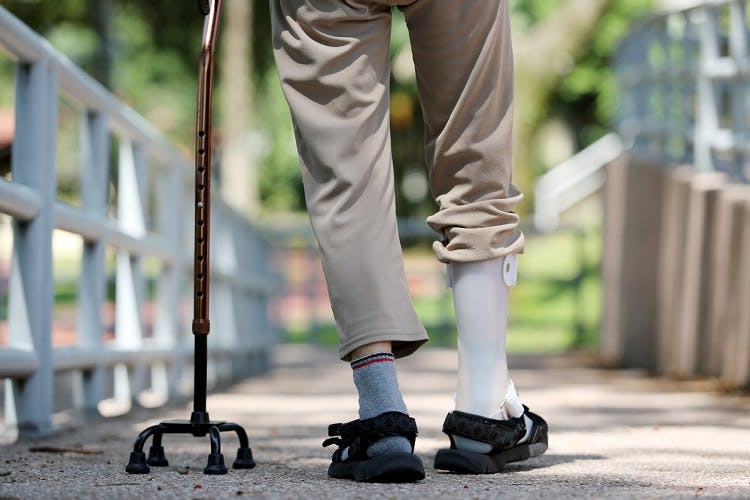Foot Braces Fundamentals Explained
Foot Braces Fundamentals Explained
Blog Article
An Unbiased View of Foot Braces
Table of ContentsThe Ultimate Guide To Foot BracesA Biased View of Foot BracesThe Greatest Guide To Foot Braces
(1) Background: ankle-foot orthosis (AFO) is the most commonly prescribed orthosis to clients with foot decline, and ankle joint and foot issues. In this research study, we aimed to examine the frequently utilized types of AFO and introduce the recent advancement of AFO. (2) Methods: narrative review. (3) Results: AFO avoids the foot from being dragged, offers a clearance in between the foot and the ground in the swinging stage of stride, and maintains a stable pose by enabling heel call with the ground during the stance phase.By positioning thermoformed plastic to cover the favorable plaster version, it creates the orthosis in the precise form of the version. PAFO can be identified according to the existence of hinges, mostly as solid ankle kinds without joints and pivoted ankle joint types with added hinges.
The leaf-like folds are planned to enhance the component of the ankle joint with the most amount of motion and duplicated loadings. The folds serve as a spring in the ankle joint that allows small dorsiflexion in the mid and incurable positions, and this elasticity can also partially help the push-off function in the terminal stance.

Excitement About Foot Braces
The plantarflexion can also be totally limited by fitting the shells at 90 without space in between. The Gillette joint, like the Oklahoma joint, links a different shank covering with the foot covering, allowing both plantarflexion and dorsiflexion. HAFO is commonly used in youngsters with spastic diplegia and individuals with spastic hemiplegia after stroke, as it can extend the ankle plantar flexor to lower additional resources stiffness and lower chaotic muscle-response patterns.
